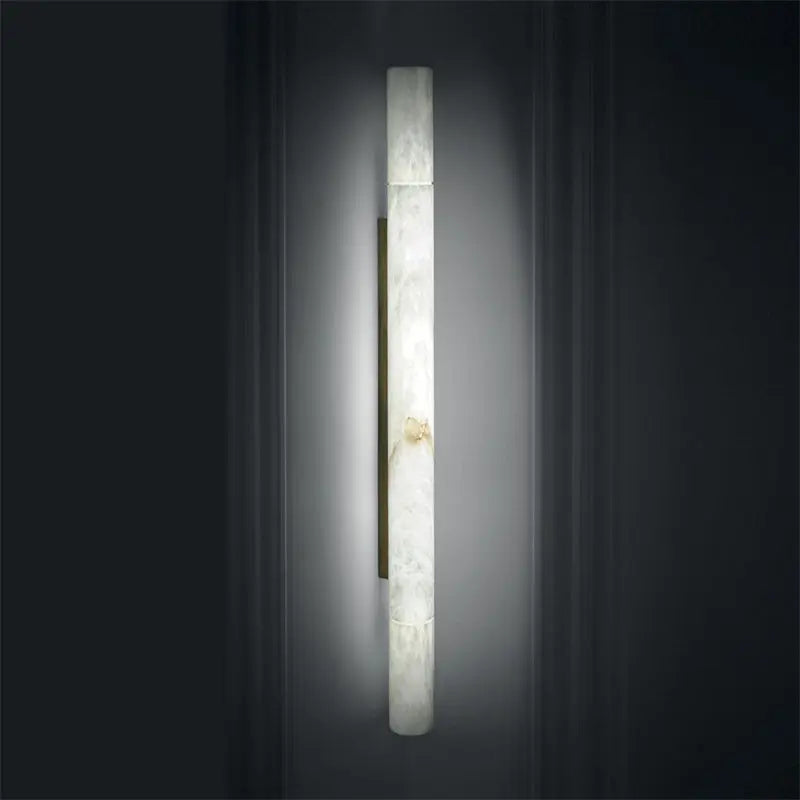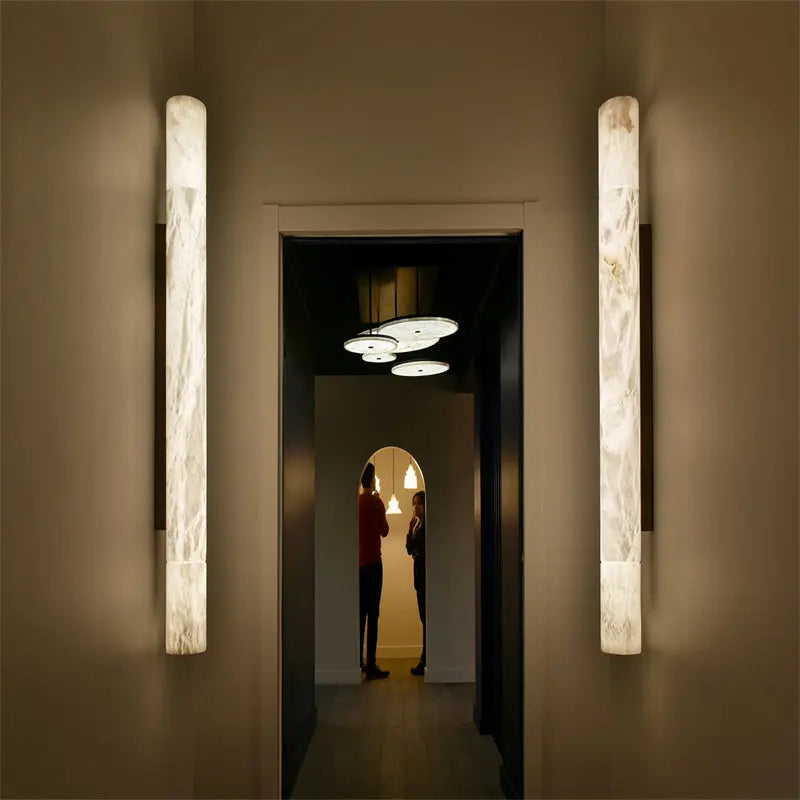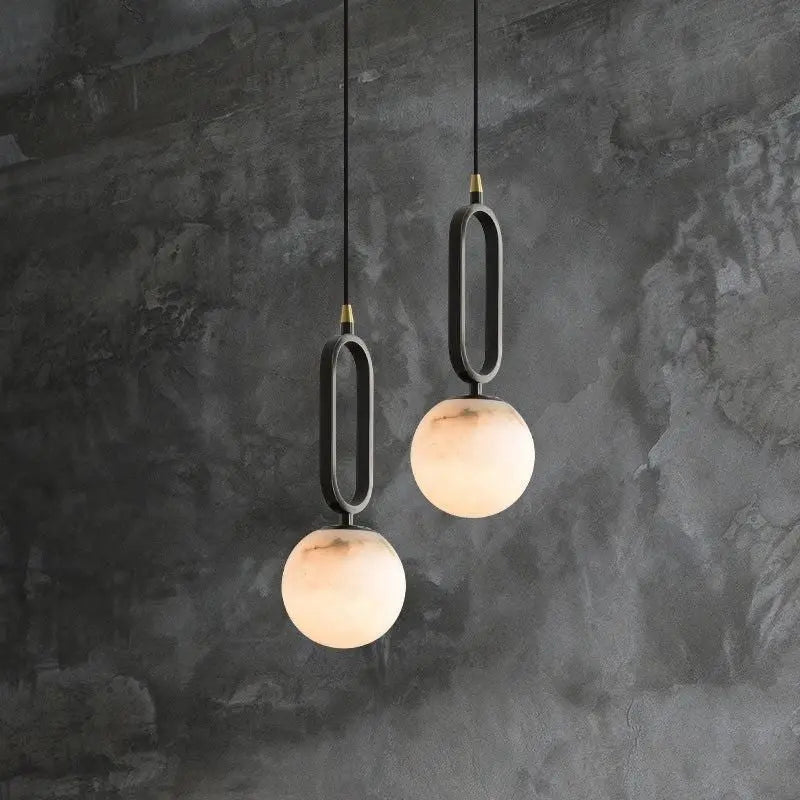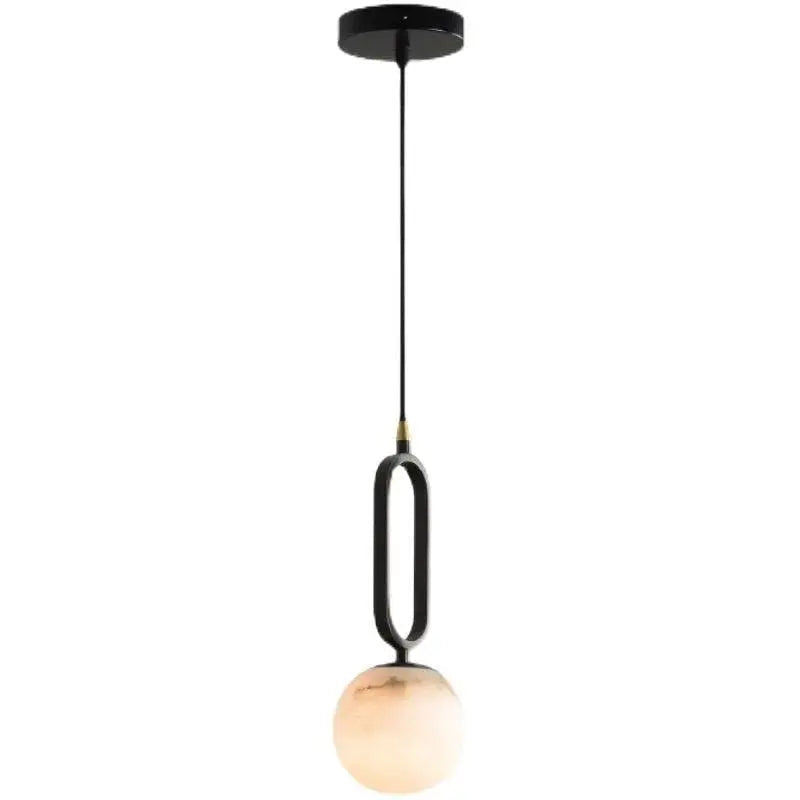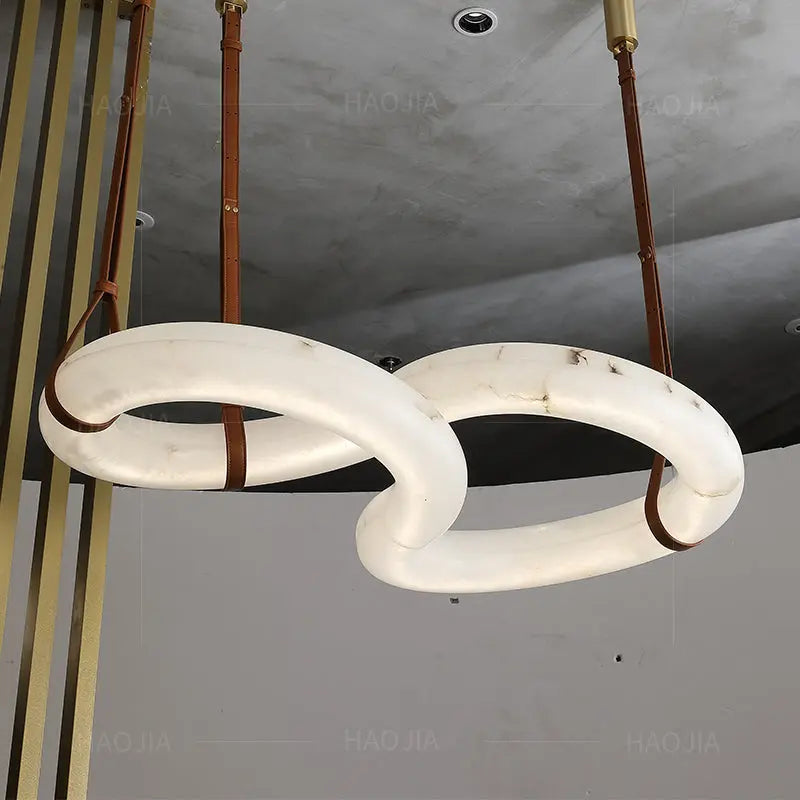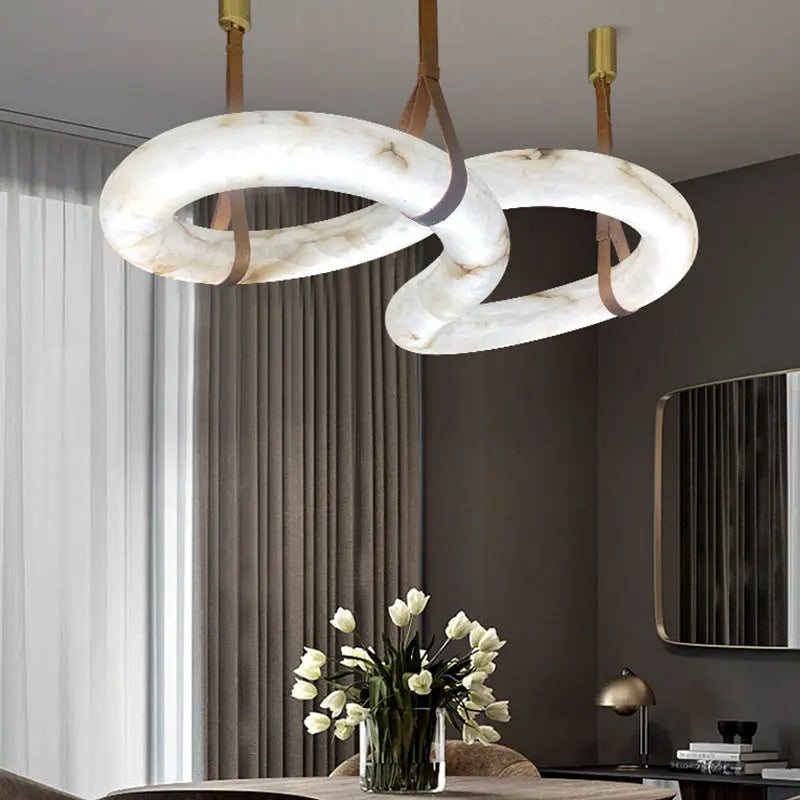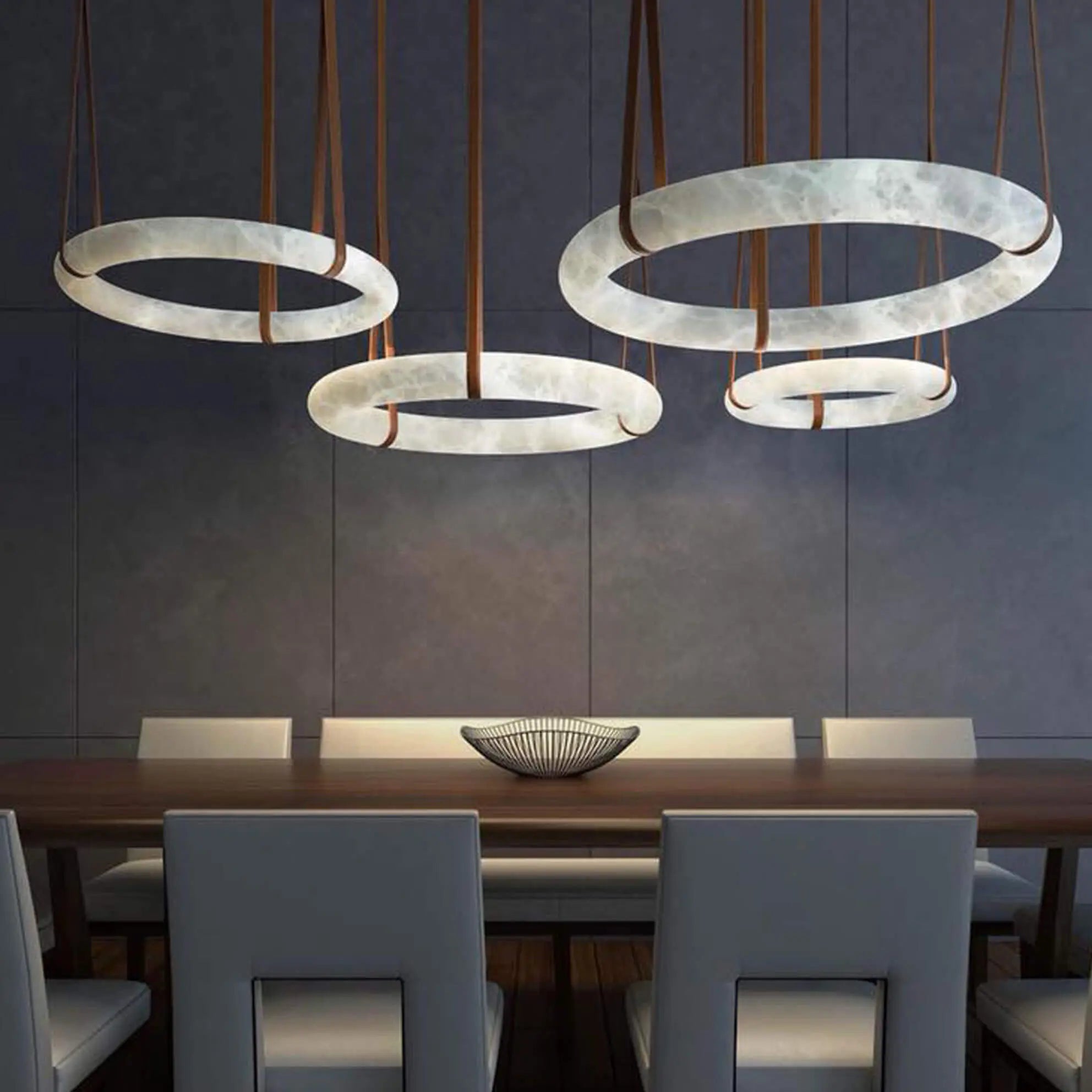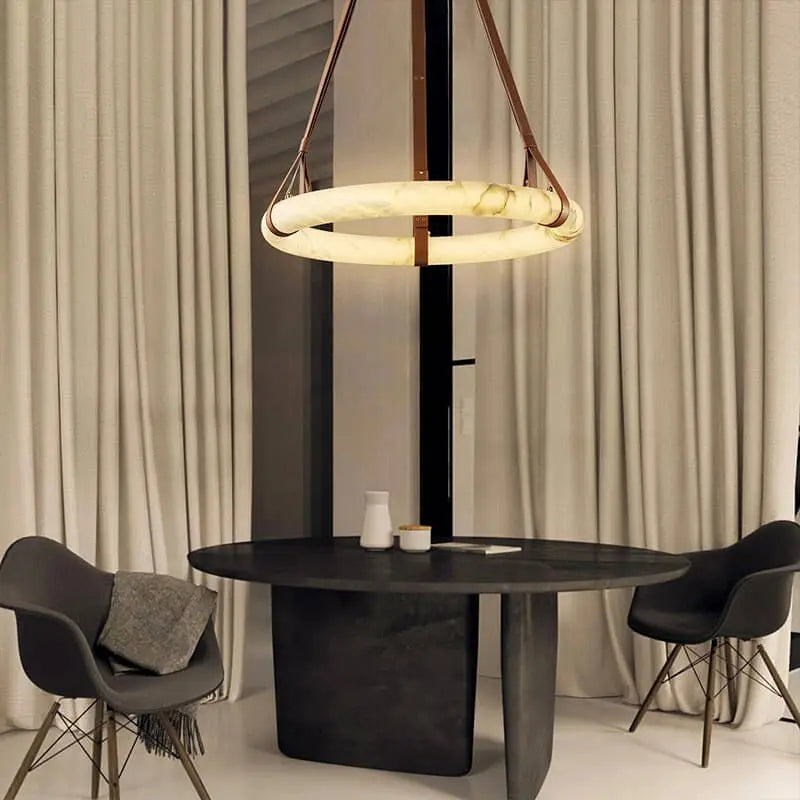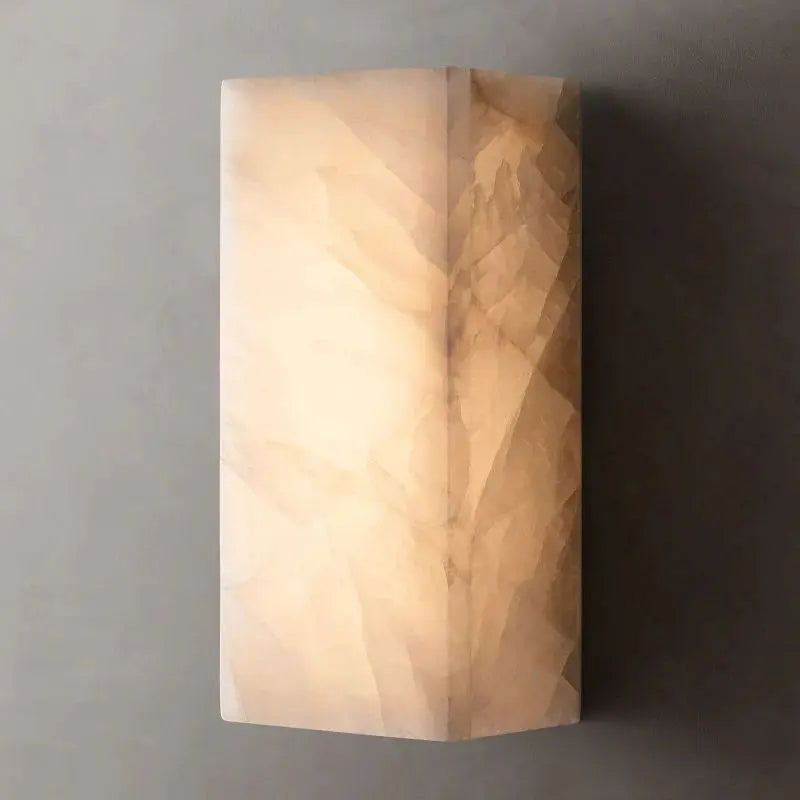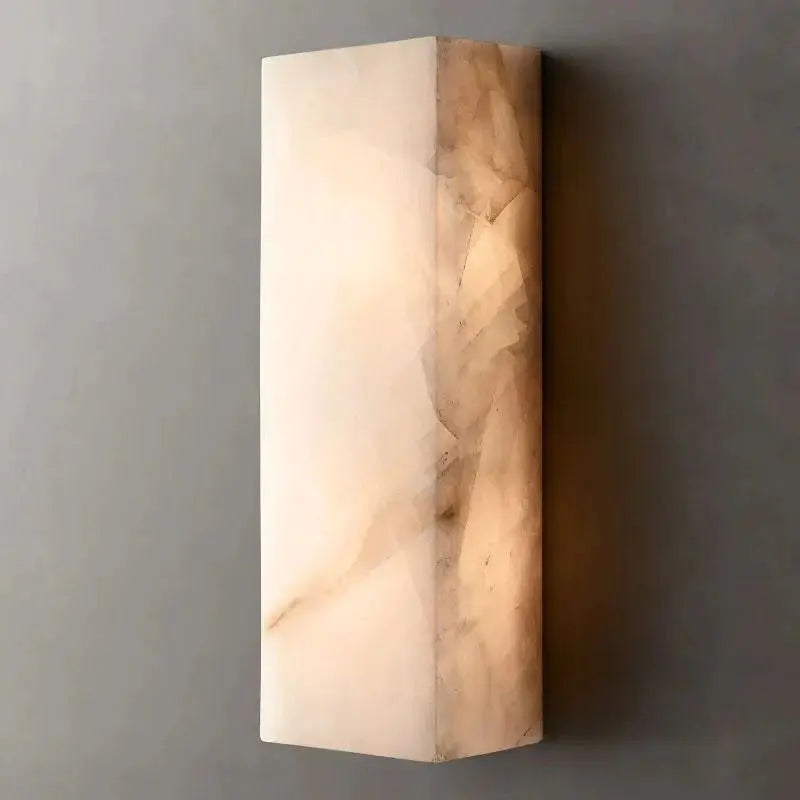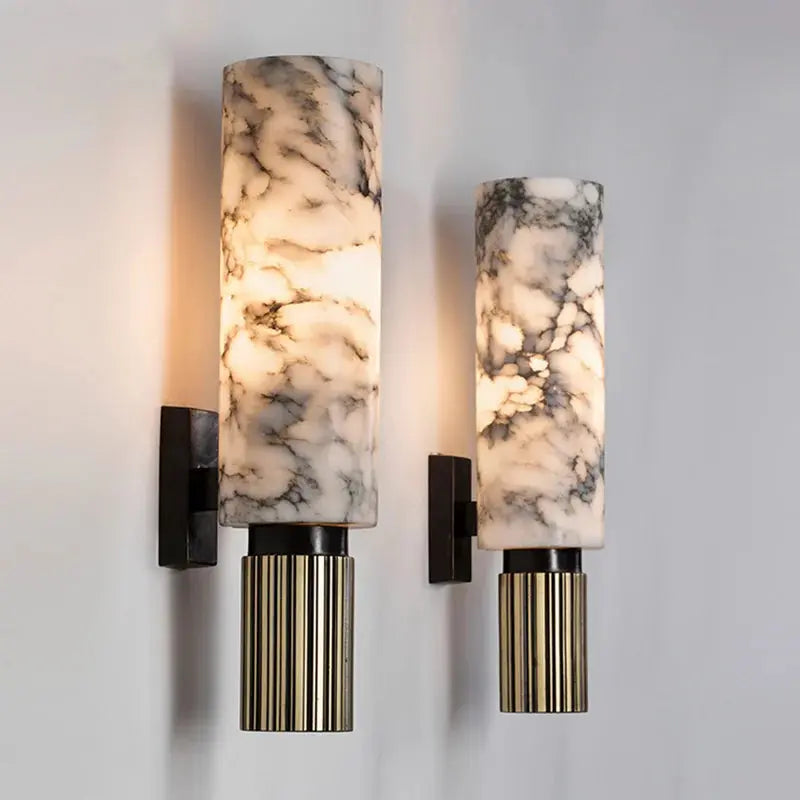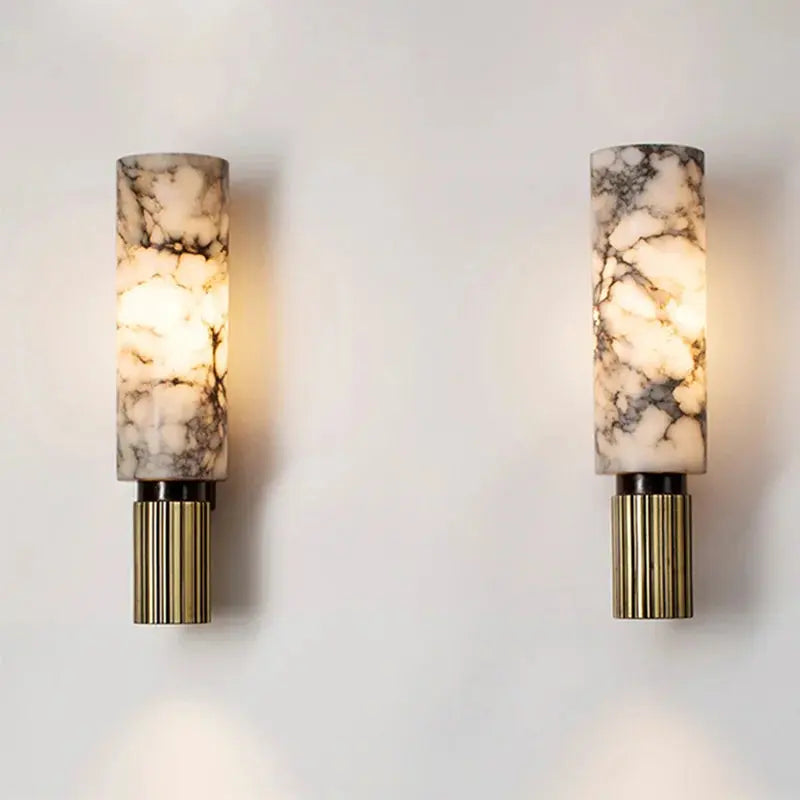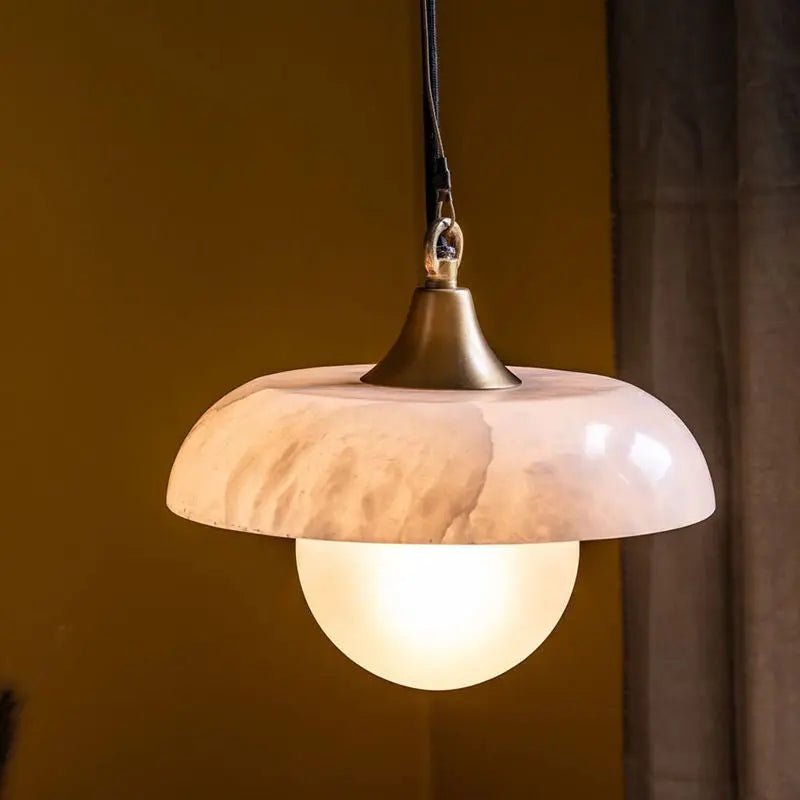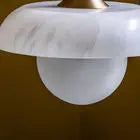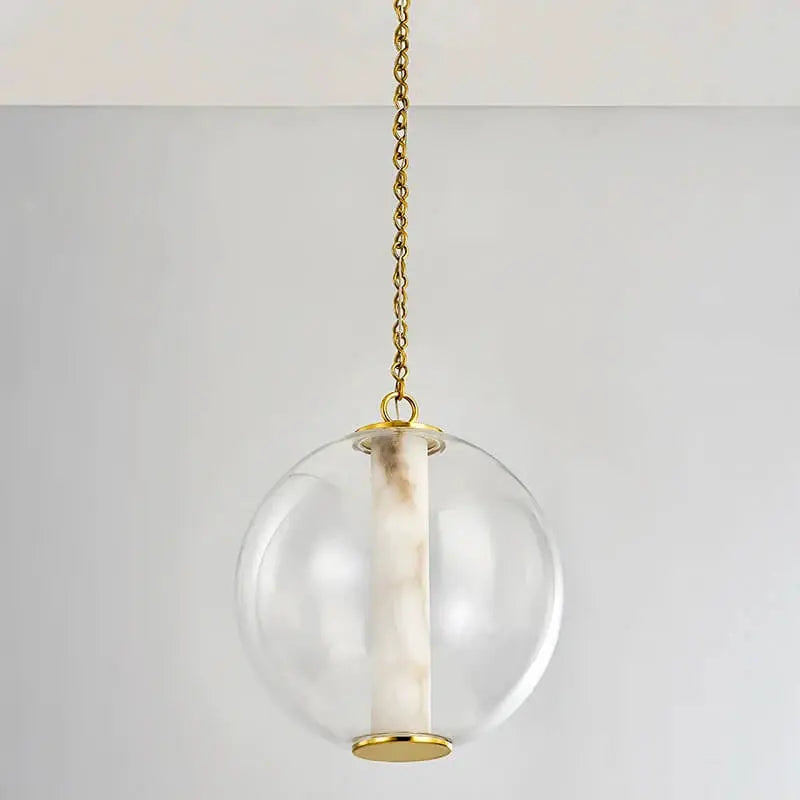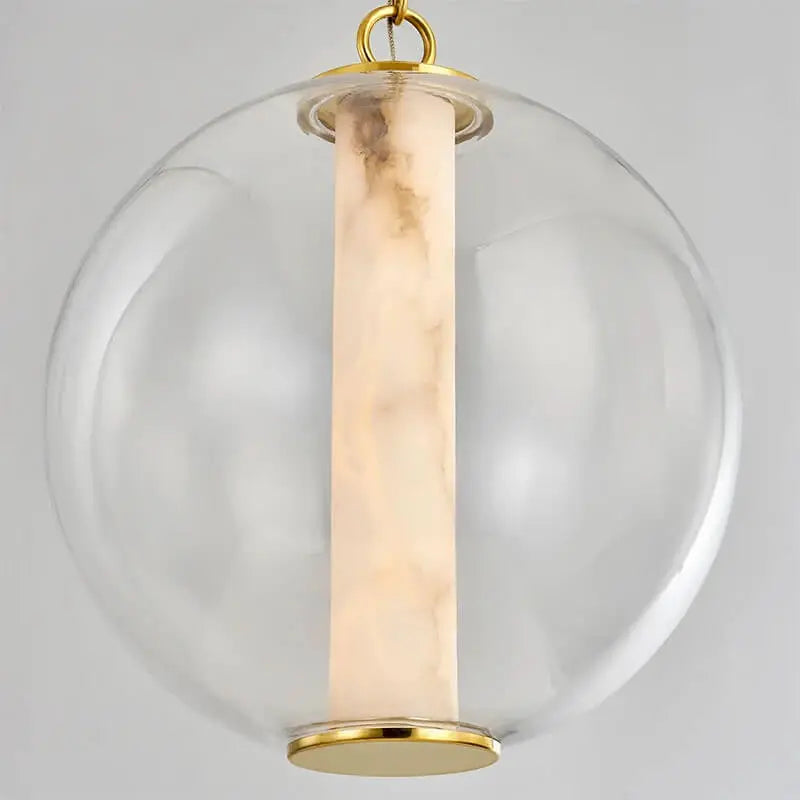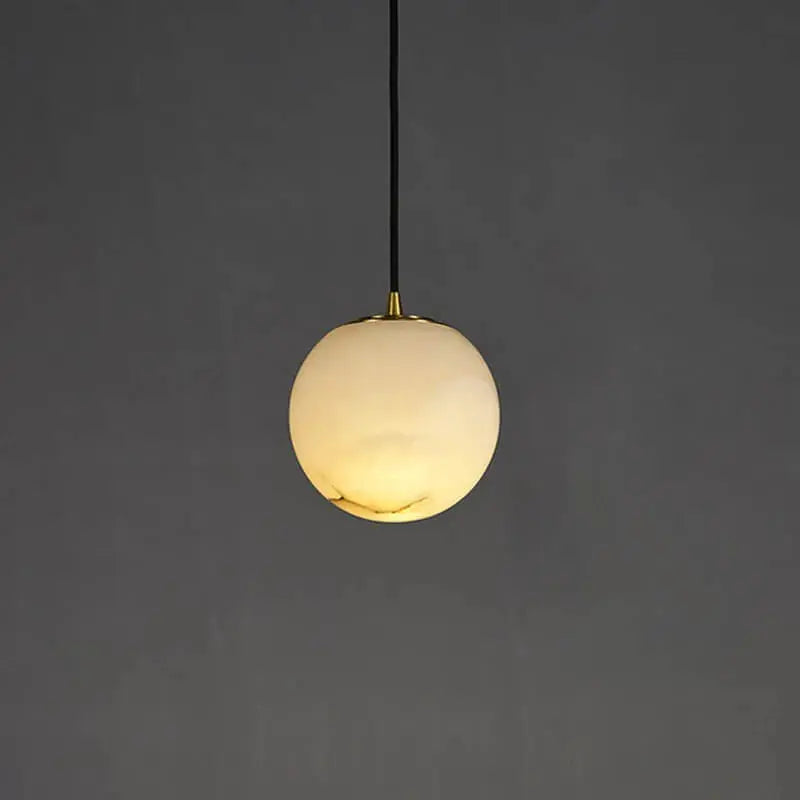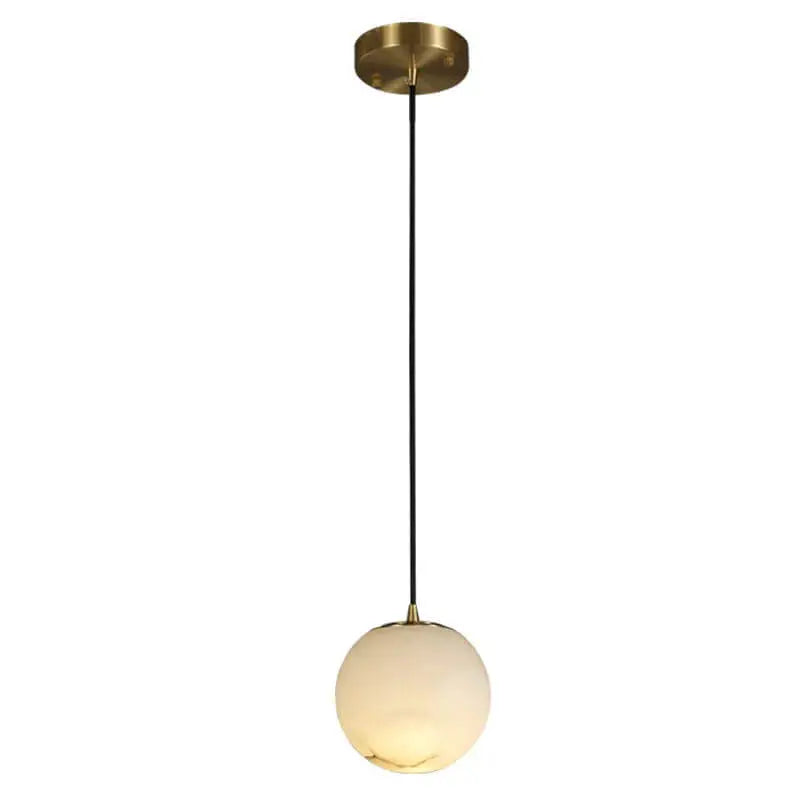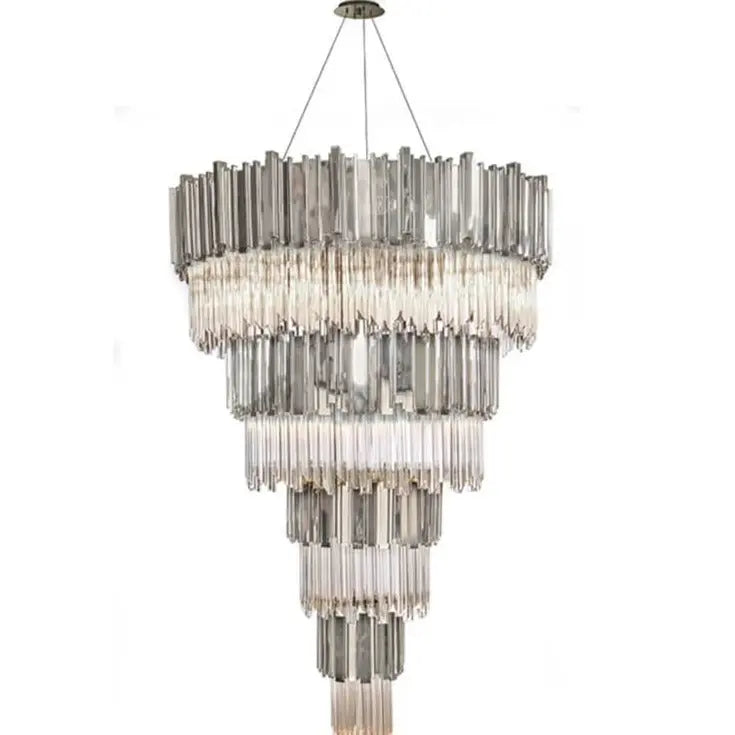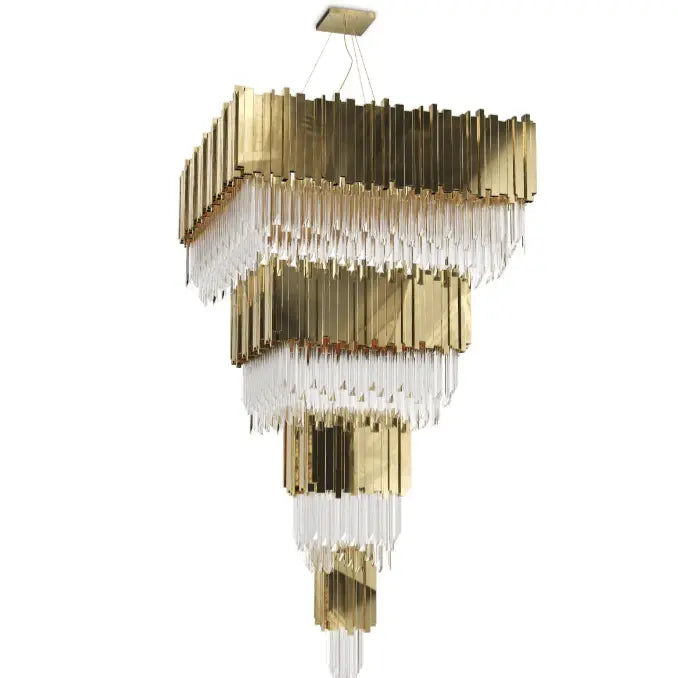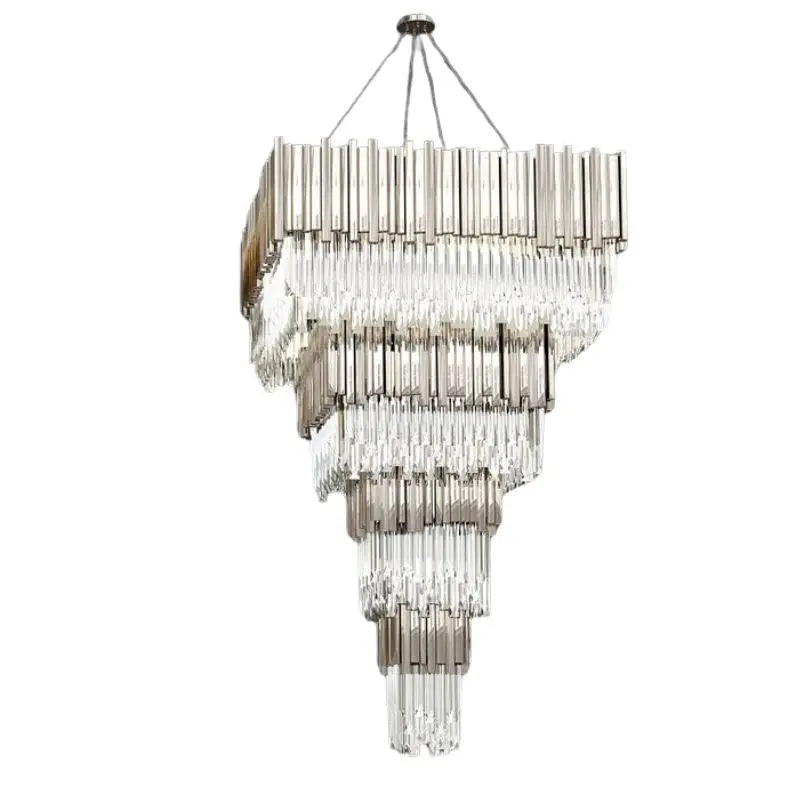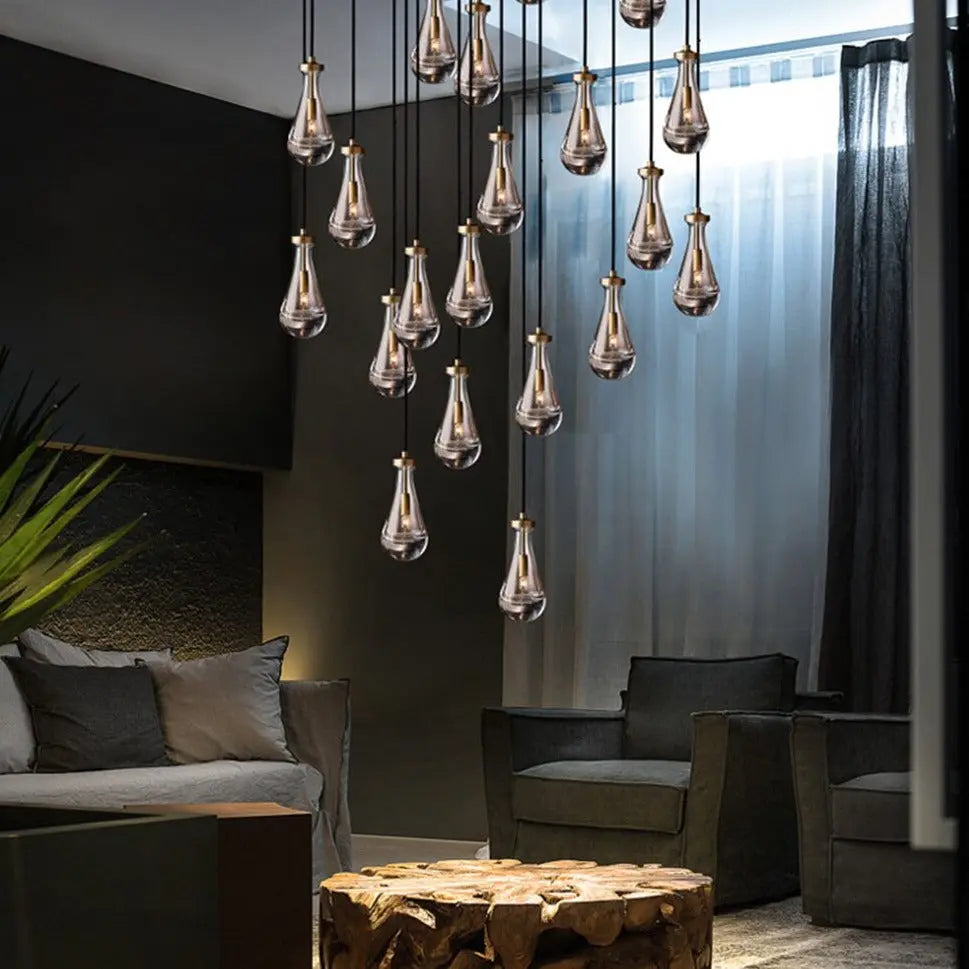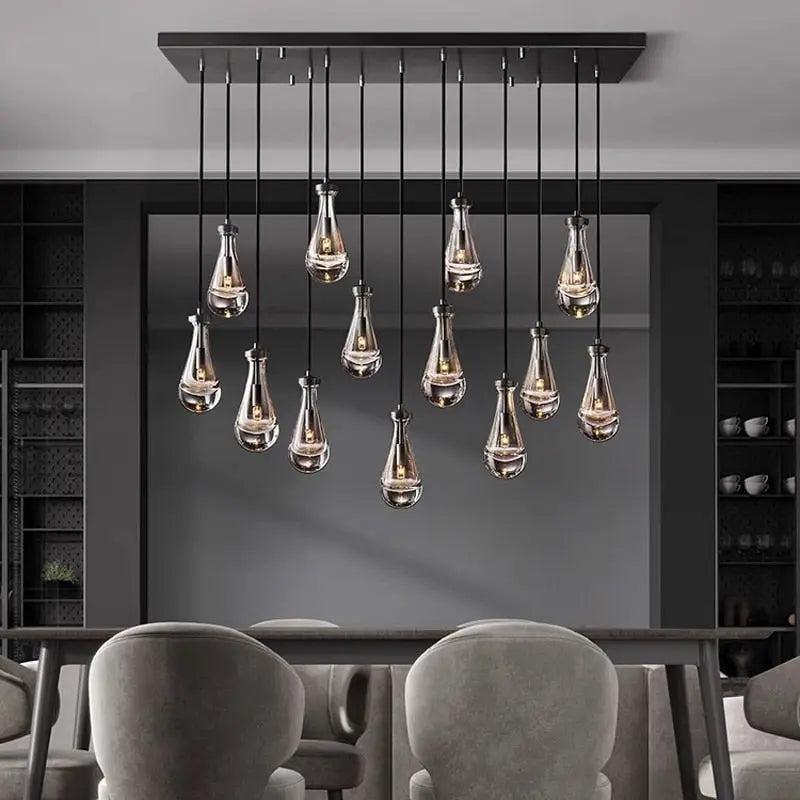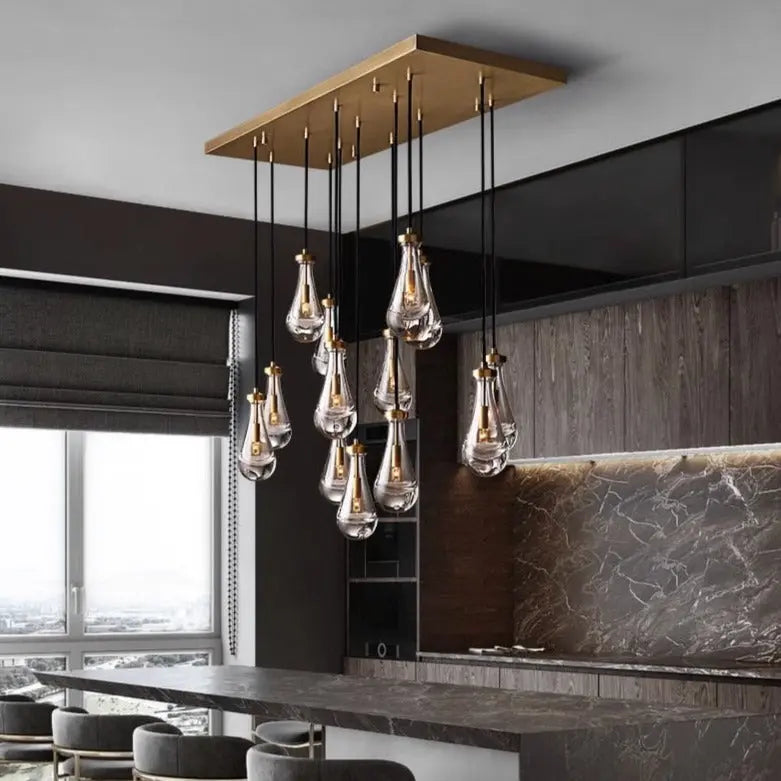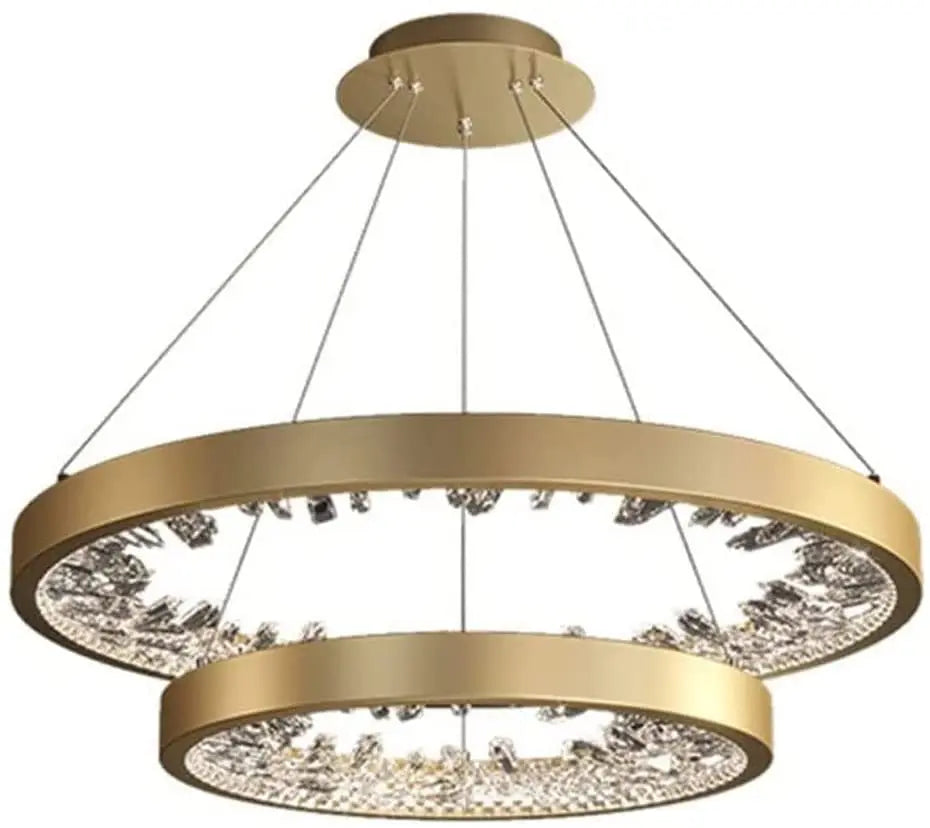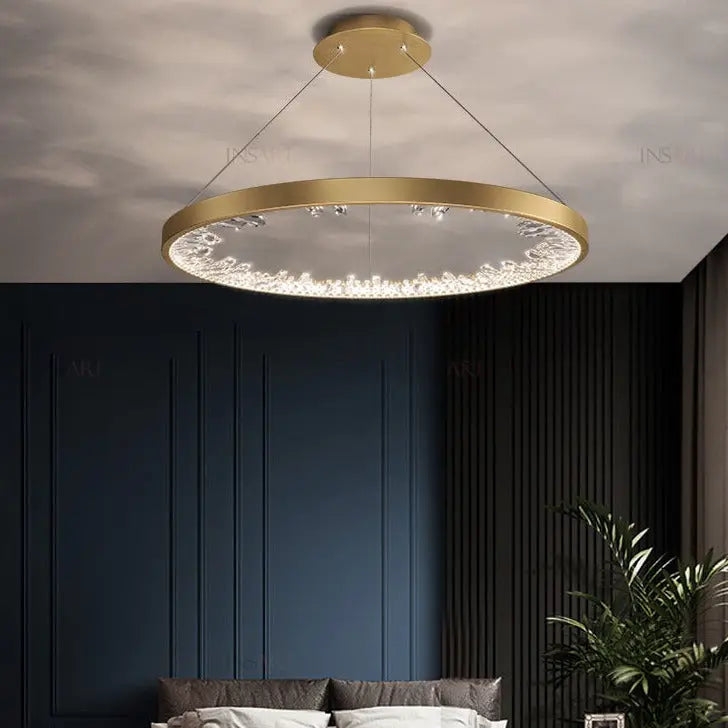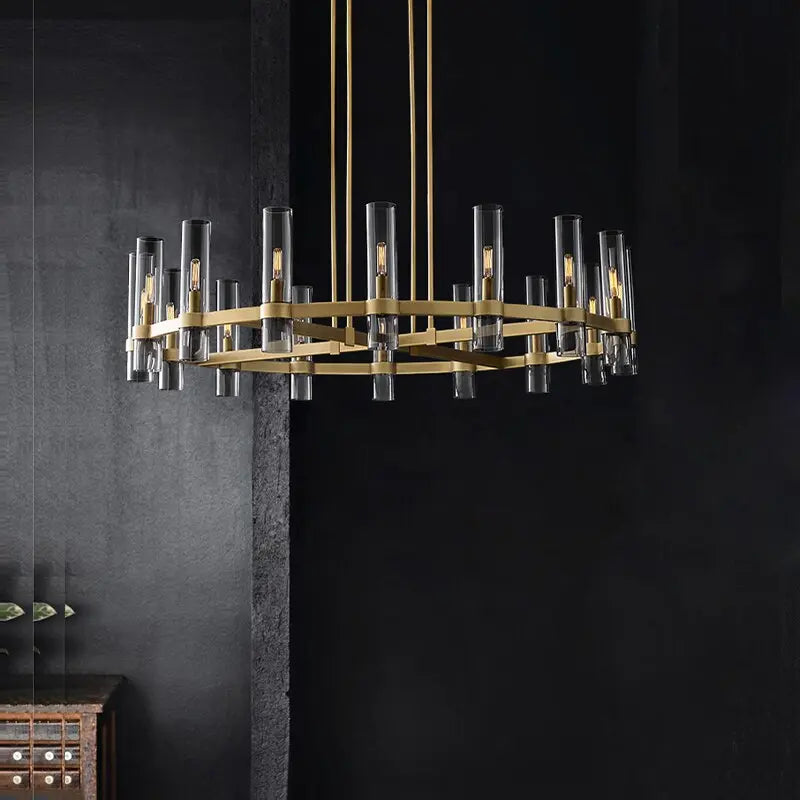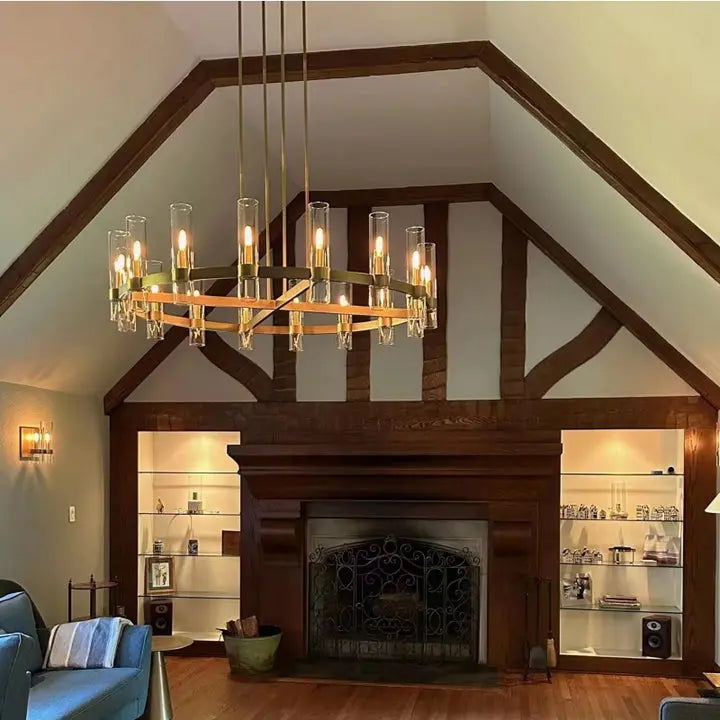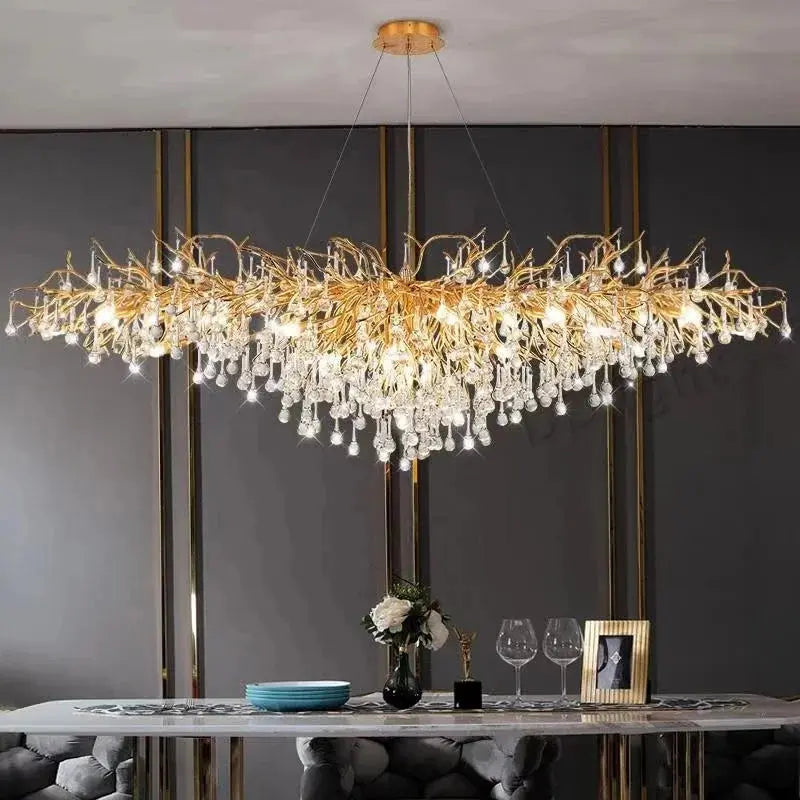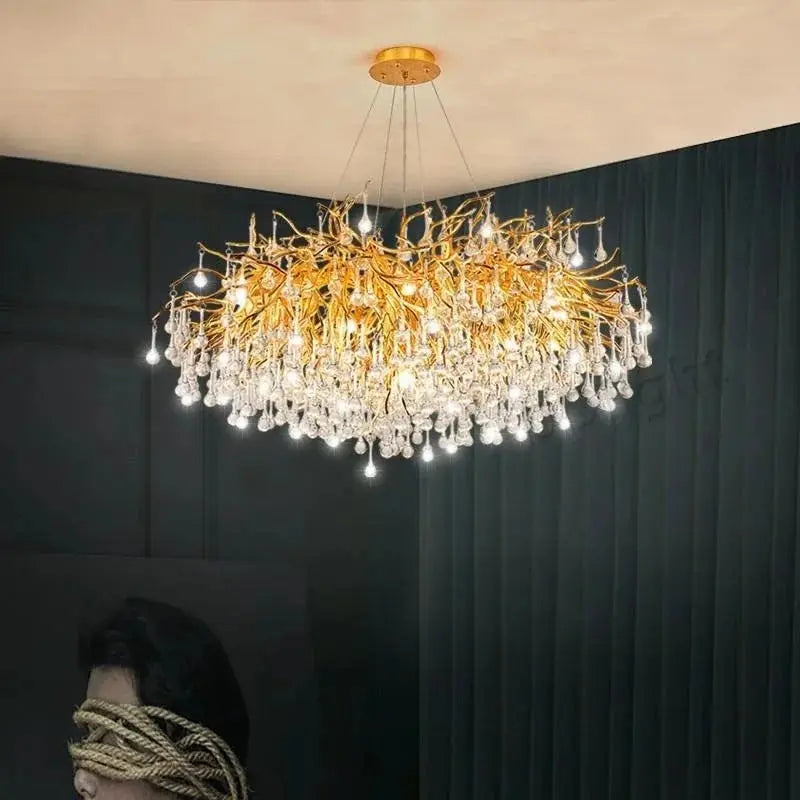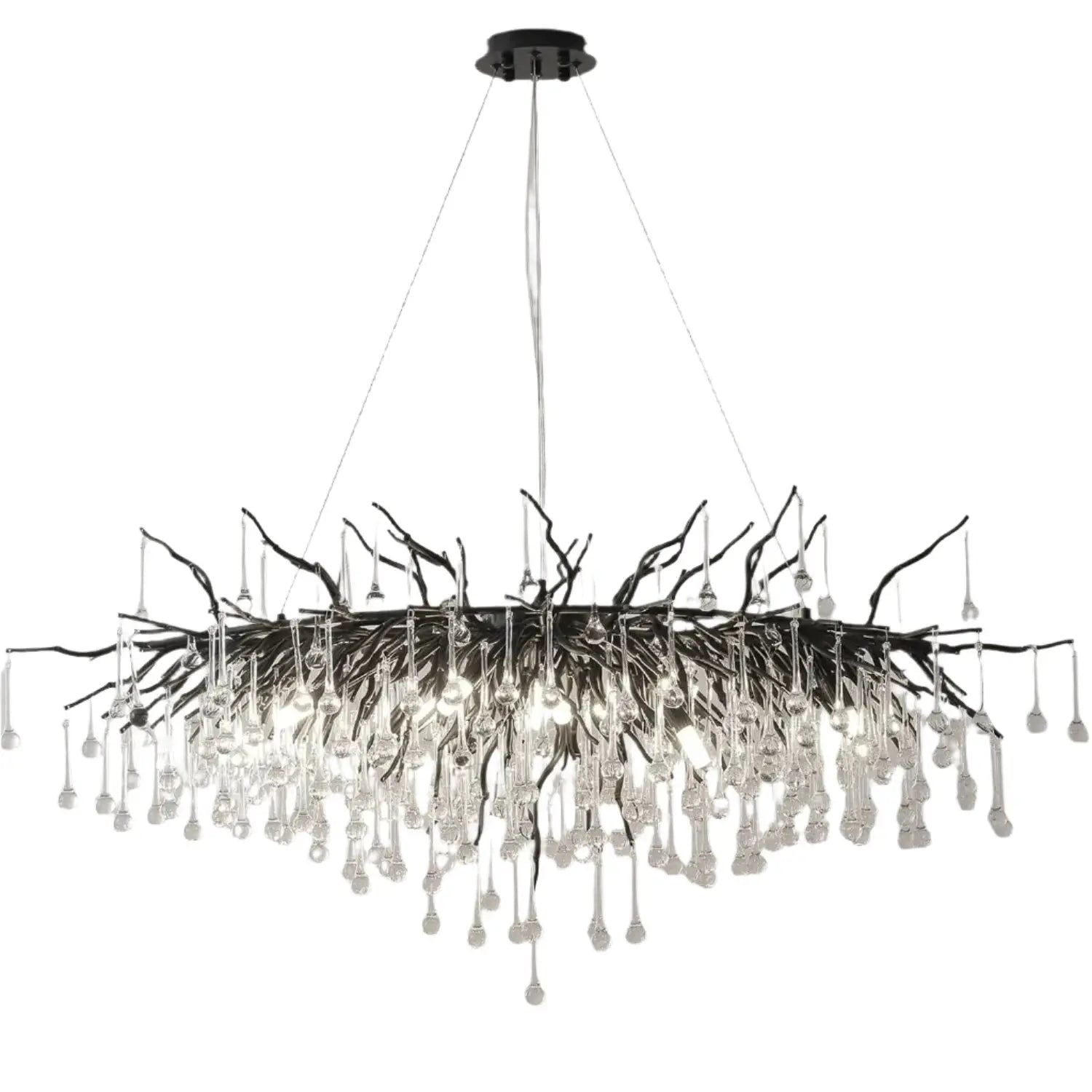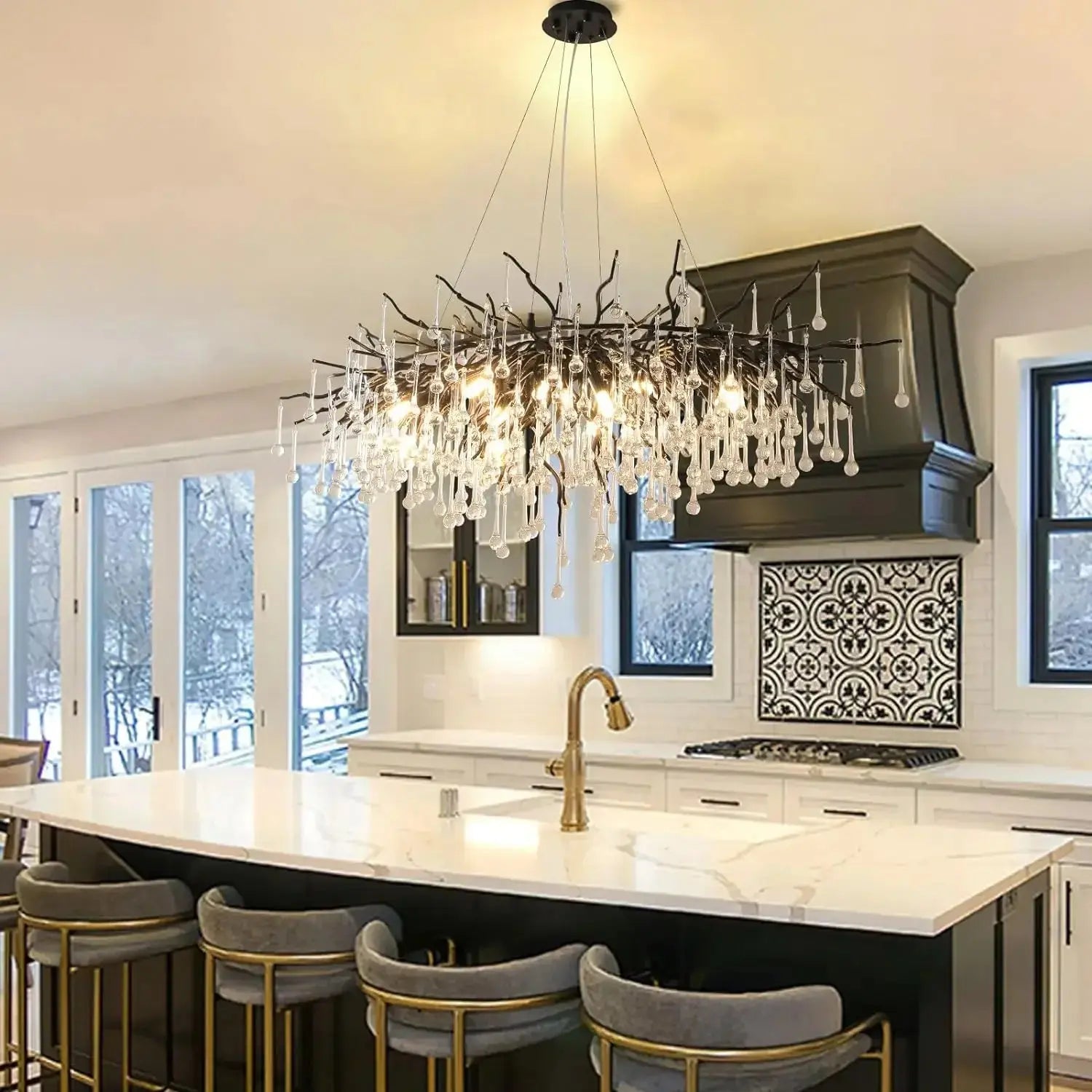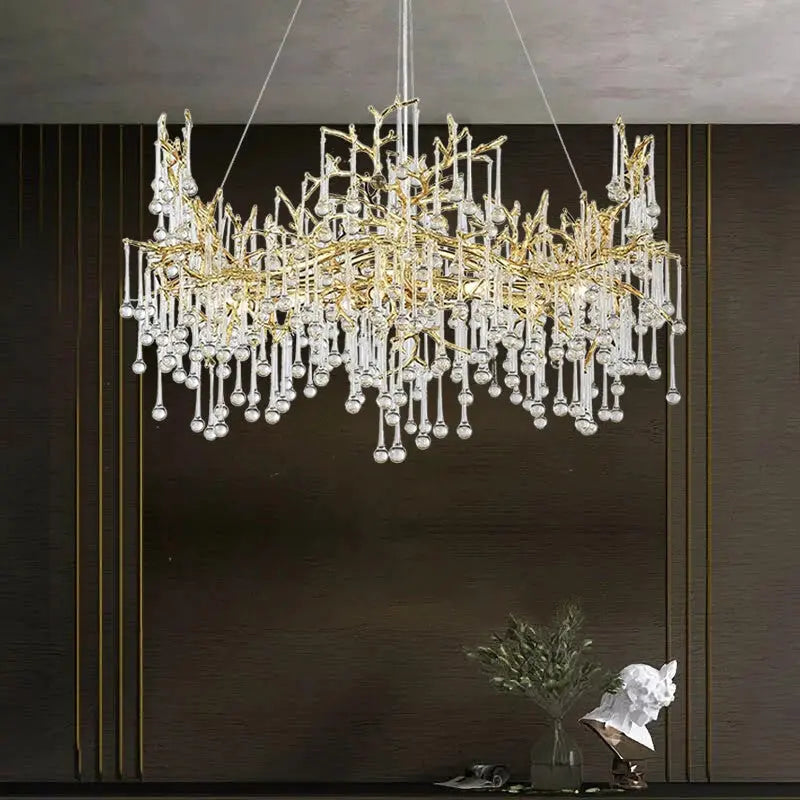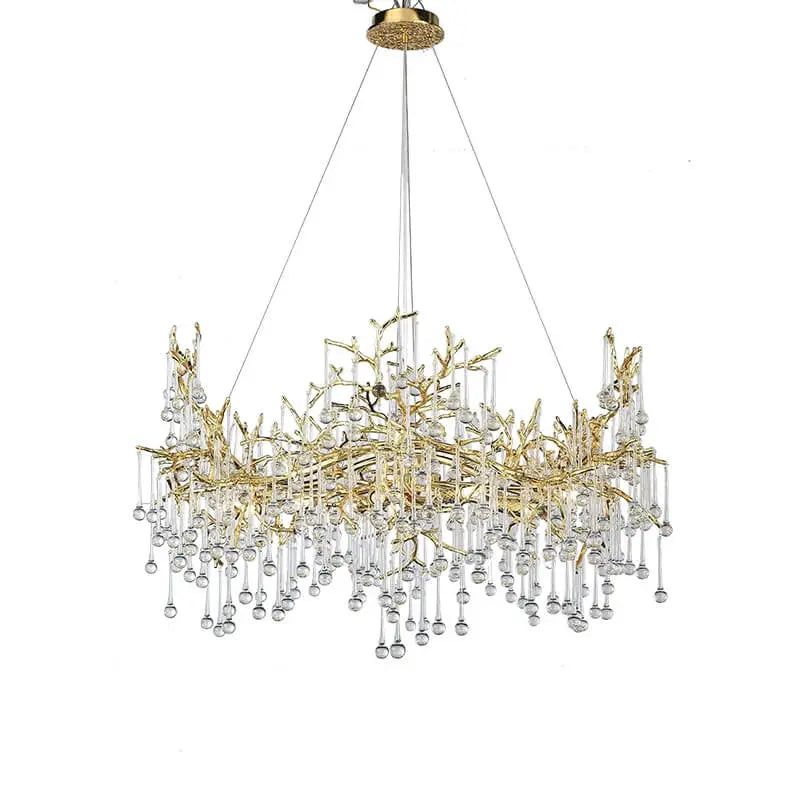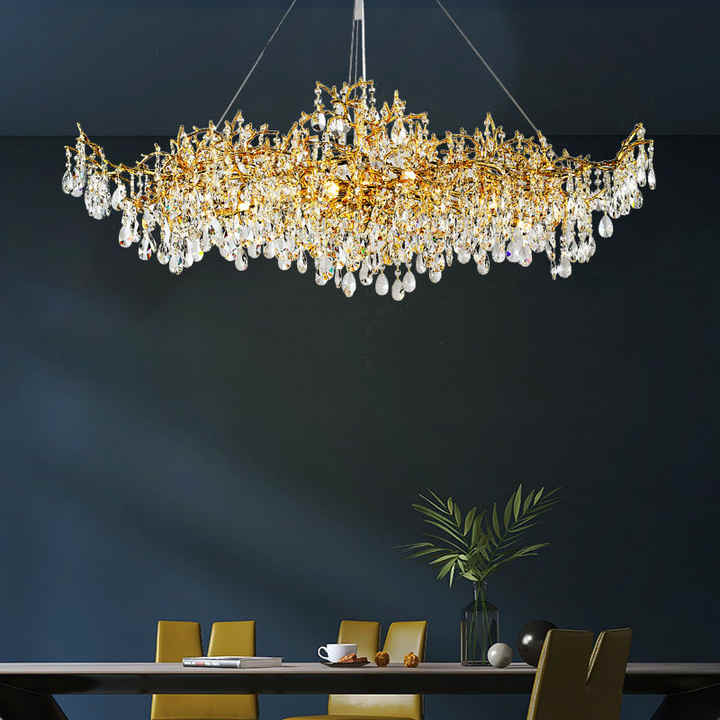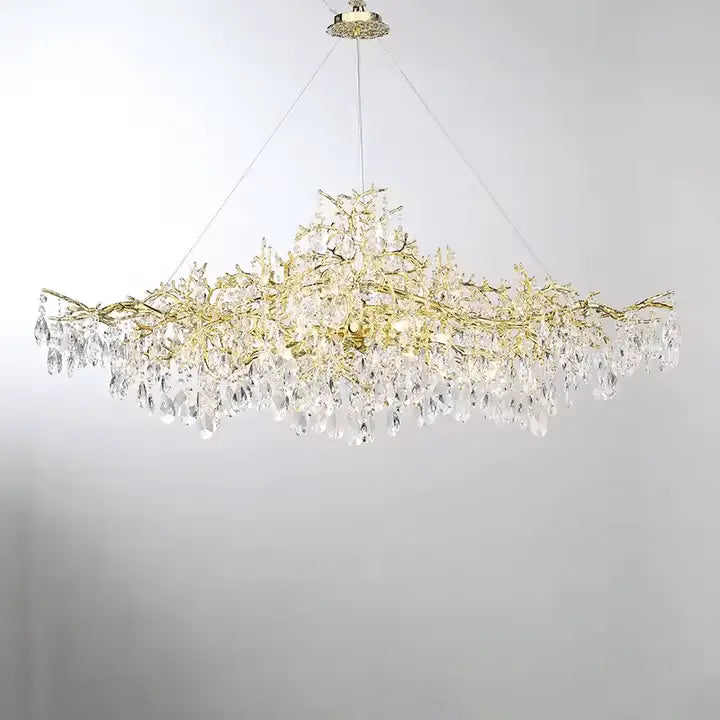If you're feeling overwhelmed by clutter and chaos in your home, embracing minimalist home decor could be the solution you need. This style focuses on simplicity, functionality, and a sense of calm. By reducing the number of items in your space and opting for thoughtful design choices, you can create a home that feels more open and inviting. Let's explore how to transform your space into a minimalist haven that reflects your personal style without the clutter.
Key Takeaways
- Minimalist home decor emphasizes 'less is more', creating a serene environment.
- Focus on functionality; every piece should serve a purpose in your home.
- Choose a neutral color palette to maintain a cohesive and calming atmosphere.
- Incorporate multi-functional furniture to maximize space and utility.
- Effective storage solutions are key to keeping your home organized and clutter-free.
Understanding Minimalist Home Decor
The Philosophy Behind Minimalism
Minimalism in home decor isn't just about getting rid of stuff; it's a whole mindset. It's about intentionally living with only the items you truly need and love. This approach aims to reduce stress and create a more peaceful environment. It's a reaction against consumerism and the idea that more possessions equal more happiness. I think it's about being mindful of what you bring into your space and how it affects your well-being. It's not about stark, empty rooms, but about carefully curated spaces that reflect your values and support your lifestyle. It's a journey, not a destination, and it looks different for everyone.
Benefits of Minimalist Living
Adopting a minimalist approach to your home can bring a surprising number of benefits. It's not just about aesthetics; it's about improving your overall quality of life. Here are a few things I've noticed:
- Less clutter means less time spent cleaning and organizing. Who doesn't want more free time?
- A minimalist space can be incredibly calming and reduce stress. It's like a visual exhale.
- You'll save money by buying less stuff and focusing on quality over quantity. Think of all the lattes you could buy!
- It encourages you to be more intentional about your purchases and consumption habits. It's a win for the planet, too.
- A clear space can lead to a clearer mind, boosting creativity and focus. It's like hitting the reset button on your brain.
I've found that living with less stuff actually makes me appreciate what I have more. It's like each item gets its moment to shine, instead of being lost in a sea of clutter. Plus, it's so much easier to find things when you're not constantly digging through piles of junk. It's a game changer.
Common Misconceptions About Minimalism
There are a lot of ideas floating around about what minimalism really is, and not all of them are true. One big one is that it means living in a cold, sterile, and boring space. That's totally not the case! Minimalism is about intention, not deprivation. Another misconception is that you have to get rid of everything. Nope! Keep what you love and use. Some people also think it's an all-or-nothing thing, but you can embrace minimalist principles to whatever degree feels right for you. It's also not about being cheap; it's about investing in quality pieces that will last. Don't confuse neutral colors with a lack of personality either; you can still express yourself through art, textures, and carefully chosen decor.
Key Elements of Minimalist Interior Design
When designing a minimalist space, it's all about focusing on key elements. Think about light, color, and texture. Natural light is super important; it not only brightens your space but also makes it feel airy. A soft, neutral color palette with just a hint of color can make a room feel calm and inviting. And don't forget to incorporate textures through fabrics and materials, like a cozy wool throw or a smooth wood table, to add warmth without adding clutter. Let's break down some key elements to consider when embracing minimalist interior design.
Embrace Negative Space
Negative space is a key element in minimalist design. It's basically the empty space around and between objects. It creates a sense of spaciousness and lightness, letting each piece of furniture and decor breathe. Resist the urge to fill every corner; instead, allow room for the design to speak for itself. For example, in a minimalist living room, leaving space between a sofa and a coffee table creates a sense of openness and flow. It's about resisting the urge to fill every corner with objects and instead allowing room for the design to speak for itself. Think of it as giving your eyes a place to rest.
Limit Decorative Items
In a minimalist home, decor is carefully chosen and intentional. Instead of cluttering surfaces with tons of knick-knacks, choose a few meaningful decorative items that really speak to you. Consider a single piece of art that draws the eye, or a carefully chosen vase that adds elegance to your dining table. These elements should complement the design, adding to the luxurious feel of your home without distracting from its simplicity. It's about quality over quantity, for sure.
Incorporate Natural Materials
Natural materials like wood, stone, and linen add warmth and texture to a minimalist space, making it feel more inviting and luxurious. They bring a sense of organic beauty that contrasts nicely with the clean lines and neutral colors of minimalist design. Here are some ways to use natural materials:
- Using wooden furniture or accents
- Incorporating stone countertops or flooring
- Adding linen textiles, such as curtains or bedding
Natural materials can really ground a space and make it feel more connected to the outdoors. They add a layer of depth that prevents a minimalist space from feeling too sterile or cold. It's a great way to bring in some personality without adding clutter.
How to Start Your Minimalist Journey
Decluttering Your Space
Okay, so you're thinking about going minimalist? Awesome! The first thing you absolutely HAVE to do is declutter. I know, I know, it sounds like a pain, but trust me, it's the most important step. Go through everything you own, room by room. Ask yourself: Do I love this? Do I use this regularly? If the answer to both is no, it's time to let it go. Seriously, be ruthless! You'll be amazed at how much stuff you accumulate without even realizing it. Think of it as creating a blank canvas for your small living room.
Investing in Quality Pieces
Once you've gotten rid of all the excess, it's time to think about what you actually need. But don't just run out and buy a bunch of cheap stuff! Focus on investing in quality pieces that will last. Think about furniture that's well-made and timeless. It might cost more upfront, but it'll save you money in the long run because you won't have to replace it every few years. Plus, quality pieces just look and feel better. It's all about buying less, but buying better.
Visualizing Your Design
Before you start rearranging furniture or painting walls, take some time to visualize your minimalist design. What do you want the space to look and feel like? What colors do you want to use? What kind of furniture do you need? You can use online tools or even just sketch out your ideas on paper. The point is to have a clear vision before you start making changes. This will help you avoid making mistakes and wasting money. It's like planning a road trip – you need a map before you hit the road!
Think about how you want to feel in your space. Do you want it to be calm and relaxing? Or do you want it to be more energizing and vibrant? Your design choices should reflect your personal style and preferences. Don't just follow trends – create a space that you truly love.
Choosing the Right Color Palettes

Neutral Colors for Serenity
When it comes to minimalist decor, you can't go wrong with a neutral color palette. Think whites, grays, and soft beiges. These colors create a calming and cohesive environment, which is exactly what you want in a minimalist space. They help to reduce visual clutter, allowing the focus to be on the shapes and textures within the room. It's like creating a blank canvas where each carefully chosen item can truly shine.
Creating Cohesion with Earth Tones
Earth tones are another fantastic option for minimalist interiors. Colors like warm browns, muted greens, and terracotta can bring a sense of nature indoors, adding depth and warmth to your space. The key is to use these tones sparingly and intentionally.
Here's a simple way to think about it:
- Base Color: A light neutral (white, beige)
- Accent Color: An earth tone (brown, green)
- Material: Natural wood or stone
Using earth tones doesn't mean your space has to look rustic. You can achieve a modern and sophisticated look by pairing these colors with clean lines and simple shapes. It's all about balance and creating a sense of harmony.
Using Color as a Design Element
While minimalism often favors neutral shades, that doesn't mean you have to avoid color altogether. Instead, use color strategically as a design element. A single pop of color can draw the eye and add personality to a room without disrupting the overall sense of calm. Consider these ideas:
- Artwork: A vibrant painting or print.
- Textiles: A colorful throw pillow or rug.
- Accessories: A vase or decorative object.
Remember, the goal is to use color intentionally to enhance the space, not overwhelm it. A little goes a long way in minimalist design.
Opting for Multi-Functional Furniture

In the world of minimalist design, every piece of furniture should earn its place. It's not just about having less stuff; it's about making sure the things you do have are working overtime. That's where multi-functional furniture comes in. It's a game-changer for small spaces and anyone looking to simplify their home.
Maximizing Space with Style
Multi-functional furniture is all about getting the most out of every square foot. It's about finding pieces that can serve multiple purposes without sacrificing style or comfort. Think about it: a coffee table that lifts up to become a dining table, or a bed frame with built-in drawers. These items not only save space but also reduce the overall clutter in your home. It's a win-win!
Examples of Multi-Functional Pieces
Here are some ideas to get you started:
- Sofa Beds: Perfect for guests, these offer seating by day and a comfy bed by night.
- Storage Ottomans: Use them as footrests, extra seating, or to stash blankets and pillows.
- Convertible Coffee Tables: These can transform into dining tables or workstations.
- Bookshelves with Desks: Ideal for home offices, these combine storage and workspace.
- Beds with Under-Bed Storage: Maximize space by storing seasonal clothing or extra linens.
The Importance of Functionality
Functionality is key in minimalist design. It's not enough for something to just look good; it needs to do something. When choosing furniture, ask yourself: How many purposes does this serve? Does it help me stay organized? Does it make my life easier? If the answer to these questions is yes, then you're on the right track. Prioritizing minimalist design ensures that every item in your home contributes to a clutter-free and efficient living space. Consider incorporating sleek lighting to enhance the functionality and aesthetic appeal of your multi-functional furniture.
Investing in multi-functional furniture is an investment in a more streamlined and intentional lifestyle. It's about creating a space that supports your needs without overwhelming you with excess. By choosing pieces that are both stylish and practical, you can transform your home into a minimalist haven.
Implementing Smart Storage Solutions
Okay, so you're going minimalist. That means everything needs a place, and clutter is the enemy. Let's talk about how to make storage your best friend.
Built-In Shelves and Cabinets
Built-ins are amazing. They blend seamlessly into your space and offer tons of storage without looking bulky. Think about it: a wall of shelves in your living room for books and decor, or custom cabinets in the kitchen to hide appliances. It's all about maximizing space and keeping things tidy. I've been looking at some cool designs online, and I'm seriously considering adding some to my own place. They can be a bit of an investment, but the payoff in terms of organization and aesthetics is huge. Plus, they add value to your home!
Under-Bed Storage Ideas
Under-bed storage is a game-changer, especially in small spaces. You can get those low-profile containers on wheels and stash away extra bedding, out-of-season clothes, or even books. I use them for my winter sweaters during the summer, and it frees up so much closet space. You can also find beds with built-in drawers, which is even better. Just make sure you don't overload them, or it'll be a pain to pull them out.
Vertical Space Utilization
Don't forget to look up! Vertical space is your secret weapon against clutter. Tall bookshelves, wall-mounted shelves, and even hanging organizers can make a huge difference. I have a small apartment, so I've been using floating shelves in my kitchen to store my spices and cooking oils. It keeps them off the counter and makes everything look so much cleaner. Plus, it's a great way to display plants or artwork. Think about how you can use the height of your walls to optimize your space and create more storage.
Smart storage isn't just about having more space; it's about using the space you have efficiently. It's about creating a system that works for you and makes it easy to keep your home clutter-free. It's about making your life easier, not harder.
Creating a Calm and Inviting Atmosphere
The Role of Lighting in Minimalism
Lighting is super important in minimalist design. It's not just about seeing; it's about feeling. Think about it: harsh, bright lights can make a space feel sterile and unwelcoming, which is the opposite of what we want. Instead, aim for soft, diffused light that creates a warm glow. Consider using dimmers to adjust the intensity based on the time of day or your mood. Natural light is your best friend, so keep windows clear and unobstructed. Sheer curtains can filter the light beautifully, adding a touch of softness without blocking it out completely. Also, think about the color temperature of your bulbs. Warmer tones (around 2700K) create a cozier atmosphere, while cooler tones (4000K and up) can feel more energizing but less inviting. Choosing sleek lighting fixtures that blend seamlessly with the clean lines of your space is key.
Textural Elements for Warmth
Minimalism can sometimes feel a bit cold if you're not careful. That's where textures come in. Adding different textures is a great way to bring warmth and depth to a minimalist space without adding clutter. Think about incorporating natural materials like wood, linen, and wool. A chunky knit throw on the sofa, a woven rug on the floor, or a wooden coffee table can all add tactile interest. Even small details like ceramic vases or woven baskets can make a big difference. The key is to choose textures that complement each other and create a sense of harmony. Don't be afraid to mix and match, but keep the overall palette relatively neutral to maintain the minimalist aesthetic. Remember, it's about creating a space that feels both visually appealing and comfortable to the touch. Consider adding treasures to your space to add warmth.
Maintaining an Airy Feel
One of the hallmarks of minimalist design is its airy, open feel. It's about creating a space that feels light, spacious, and uncluttered. To maintain this feeling, it's important to be mindful of how you arrange your furniture and decor. Avoid overcrowding the space with too many items. Embrace negative space – the empty space around and between objects – as it allows each piece to breathe and contributes to the overall sense of calm. Mirrors are your secret weapon here. They reflect light and create the illusion of more space. Place a large mirror on a wall to instantly make the room feel bigger and brighter. Also, consider using light, neutral colors on the walls and floors to enhance the airy feel. Whites, creams, and light grays are all excellent choices. Finally, keep surfaces clear and clutter-free. A few carefully chosen decorative items are fine, but avoid filling every available space with knick-knacks. Remember, less is more. Neutral colors can help create a calming and cohesive environment.
Creating a calm and inviting atmosphere in a minimalist home is all about balance. It's about finding the sweet spot between simplicity and warmth, functionality and beauty. By paying attention to lighting, textures, and space, you can create a home that feels both stylish and serene.
Final Thoughts on Minimalist Home Decor
So, there you have it. Embracing minimalist home decor can really change the way you feel about your space. It’s not just about getting rid of stuff; it’s about making room for what truly matters. When you clear out the clutter, you might be surprised at how much more peaceful your home feels. Plus, with fewer distractions, you can focus on the things that bring you joy. Remember, it’s all about choosing quality over quantity and letting your space breathe. So why not give it a shot? Start small, and see how a minimalist approach can lead to a more organized and fulfilling life.
Frequently Asked Questions
What is minimalist home decor?
Minimalist home decor is about keeping things simple and functional. It focuses on using fewer items that serve a purpose and look nice, often with clean lines and neutral colors.
How can I start decorating my home in a minimalist style?
Begin by getting rid of things you don’t need or love. Choose furniture that is both useful and stylish, and stick to a neutral color scheme with some pops of color.
Is minimalism just about having less stuff?
Not really. Minimalism is more about creating a peaceful and open space. It’s about choosing items that you really enjoy and that make your home feel inviting.
Can I still have decorations in a minimalist home?
Yes! You can have decorations, but they should be few and meaningful. Pick a couple of special items that you love and that add to your space.
What colors work best in a minimalist home?
Neutral colors like white, gray, and earthy tones are great for a minimalist look. They make your space feel calm and help other pieces stand out.
How can I make my small space feel bigger with minimalism?
Use furniture that serves multiple purposes, keep decorations to a minimum, and make sure there’s plenty of empty space around your furniture to create a sense of openness.


